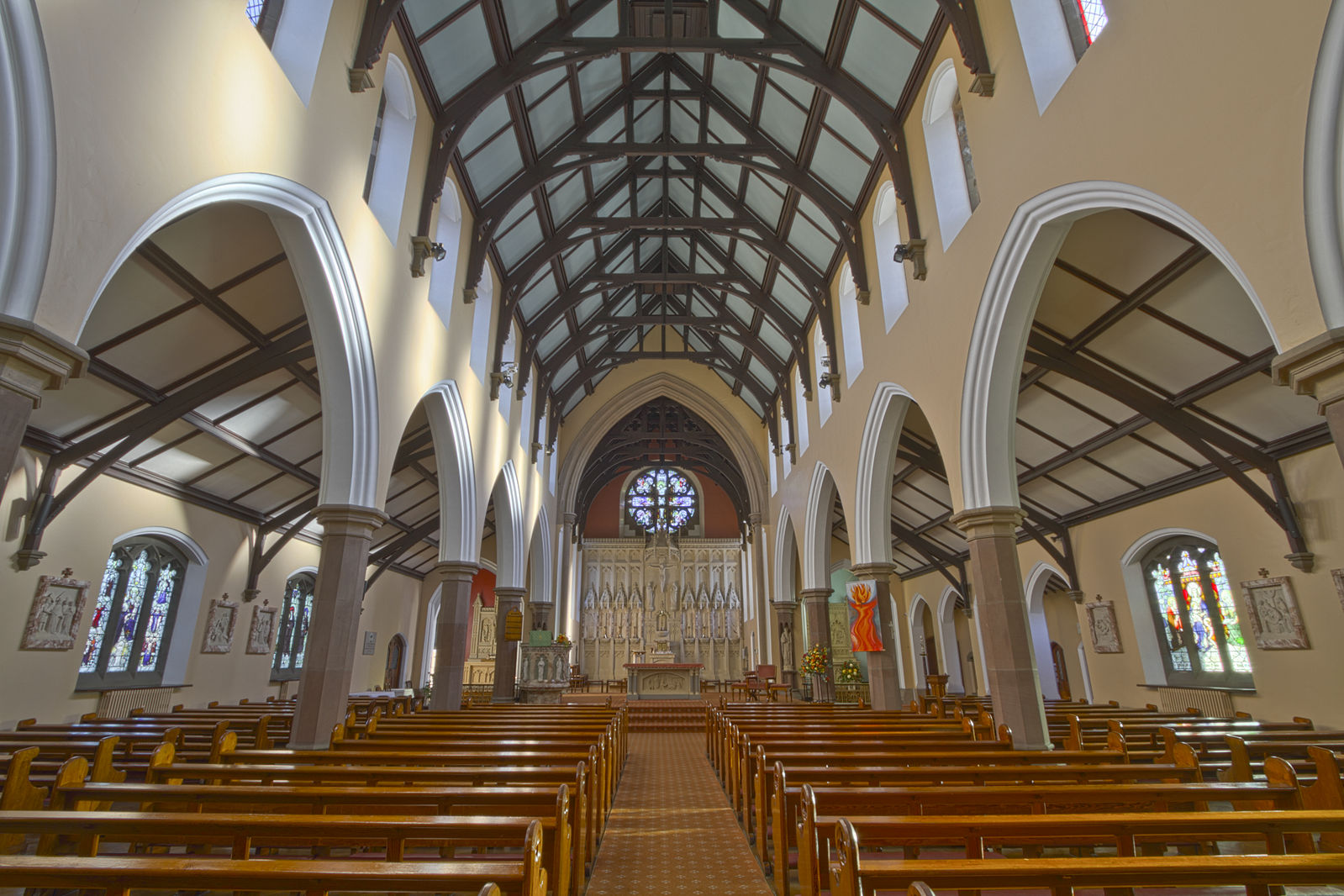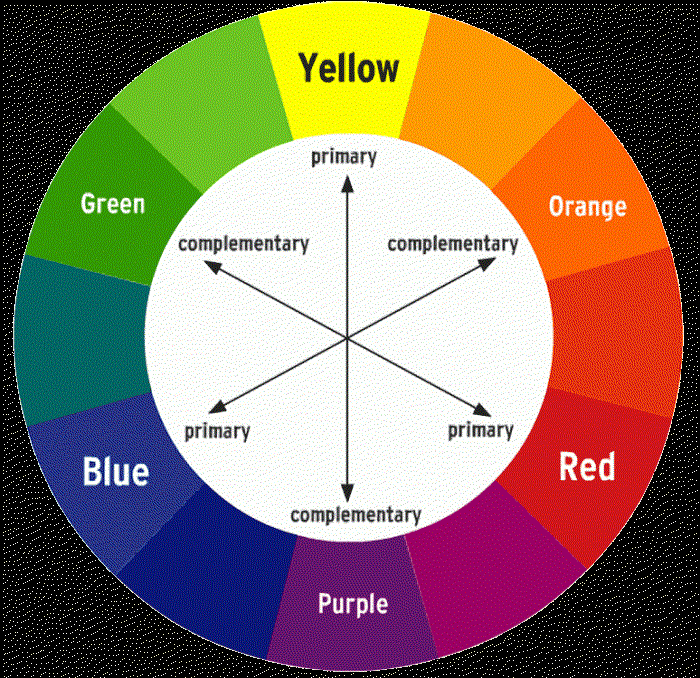ChatGPT
Tone mapping is a technique used in image processing to map one set of colors to another to approximate the appearance of high-dynamic-range (HDR) images on standard display devices. The primary goal of tone mapping is to compress the wide range of brightness values found in HDR images so they can be displayed on devices with lower dynamic ranges, such as monitors, prints, or televisions.
Key Points of Tone Mapping:
Dynamic Range Compression: HDR images contain a large range of luminance values, from the darkest shadows to the brightest highlights. Tone mapping compresses these values to fit within the displayable range of standard screens.
Preservation of Detail: While compressing the dynamic range, tone mapping aims to retain as much detail as possible in both the dark and bright areas of the image.
Enhancement of Visual Perception: The technique attempts to reproduce the appearance of real-world scenes, enhancing visual perception and making the image appear more realistic to the human eye.
Methods of Tone Mapping:
- Global Tone Mapping: Applies the same transformation to all pixels in the image, resulting in uniform changes across the image. This method is computationally simpler but can sometimes lead to loss of local contrast.
- Local Tone Mapping: Adjusts the mapping based on local image characteristics, preserving local contrast and details. This method is more complex and computationally intensive but generally produces better results.
Applications:
- Photography: Improving the appearance of photos taken in challenging lighting conditions.
- Cinematography: Enhancing the look of HDR content for viewing on standard displays.
- Video Games: Providing realistic lighting and shading effects.
Examples of Tone Mapping Techniques:
- Reinhard Tone Mapping: A popular algorithm that compresses dynamic range by scaling luminance values non-linearly, often using a logarithmic function.
- Drago Tone Mapping: Focuses on preserving details in both bright and dark areas by using a logarithmic approach that adapts based on local luminance.
- Fattal Tone Mapping: Enhances local contrast and details by considering gradient domain compression, often used for artistic effects.
Challenges:
- Halo Artifacts: Local tone mapping can sometimes introduce halos or unnatural edges around objects.
- Color Shifts: Improper tone mapping can lead to shifts in color balance, making the image look unnatural.
In summary, tone mapping is an essential process in image processing that helps display HDR images effectively on devices with limited dynamic range, balancing detail preservation and realistic appearance.
wikipedia
Tone mapping is a technique used in image processing and computer graphics to map one set of colors to another to approximate the appearance of high-dynamic-range (HDR) images in a medium that has a more limited dynamic range. Print-outs, CRT or LCD monitors, and projectors all have a limited dynamic range that is inadequate to reproduce the full range of light intensities present in natural scenes. Tone mapping addresses the problem of strong contrast reduction from the scene radiance to the displayable range while preserving the image details and color appearance important to appreciate the original scene content.
Tone mapped high-dynamic-range (HDR) image of St. Kentigerns Roman Catholic Church in Blackpool, Lancashire, England, UK

Inverse tone mapping is the inverse technique that allows to expand the luminance range, mapping a low dynamic range image into a higher dynamic range image.[1] It is notably used to upscale SDR videos to HDR videos.
Background
The introduction of film-based photography created issues since capturing the wide dynamic range of lighting from the real world on a chemically limited negative was very difficult. Early film developers attempted to remedy this issue by designing film stocks and print development systems that gave a desired S-shaped tone curve with slightly enhanced contrast (about 15%) in the middle range and gradually compressed highlights and shadows. The advent of the Zone System, which bases exposure on the desired shadow tones along with varying the length of time spent in the chemical developer (thus controlling highlight tones) extended the tonal range of black and white (and later, color) negative film from its native range of about seven stops to about ten. Photographers have also used dodging and burning to overcome the limitations of the print process .
The advent of digital photography gave hope for better solutions to this problem. One of the earliest algorithms employed by Land and McCann in 1971 was Retinex, inspired by theories of lightness perception.This method is inspired by the eye’s biological mechanisms of adaptation when lighting conditions are an issue. Gamut mapping algorithms were also extensively studied in the context of color printing. Computational models such as CIECAM02 or iCAM were used to predict color appearance. Despite this, if algorithms could not sufficiently map tones and colors, a skilled artist was still needed, as is the case with cinematographic movie post-processing.
Computer graphic techniques capable of rendering high-contrast scenes shifted the focus from color to luminance as the main limiting factor of display devices. Several tone mapping operators were developed to map high dynamic range images to standard displays. More recently, this work has branched away from utilizing luminance to extend image contrast and towards other methods such as user-assisted image reproduction. Currently, image reproduction has shifted towards display-driven solutions since displays now possess advanced image processing algorithms that help adapt rendering of the image to viewing conditions, save power, up-scale color gamut and dynamic range.
Purpose and methods
The goals of tone mapping can be differently stated depending on the particular application. In some cases producing just aesthetically pleasing images is the main goal, while other applications might emphasize reproducing as many image details as possible, or maximizing the image contrast. The goal in realistic rendering applications might be to obtain a perceptual match between a real scene and a displayed image even though the display device is not able to reproduce the full range of luminance values.
Various tone mapping operators have been developed in the recent years.[4] They all can be divided in two main types:
global (or spatially uniform) operators: they are non-linear functions based on the luminance and other global variables of the image. Once the optimal function has been estimated according to the particular image, every pixel in the image is mapped in the same way, independent of the value of surrounding pixels in the image. Those techniques are simple and fast[3] (since they can be implemented using look-up tables), but they can cause a loss of contrast. Examples of common global tone mapping methods are contrast reduction and color inversion.
local (or spatially varying) operators: the parameters of the non-linear function change in each pixel, according to features extracted from the surrounding parameters. In other words, the effect of the algorithm changes in each pixel according to the local features of the image. Those algorithms are more complicated than the global ones; they can show artifacts (e.g. halo effect and ringing); and the output can look unrealistic, but they can (if used correctly) provide the best performance, since human vision is mainly sensitive to local contrast.
